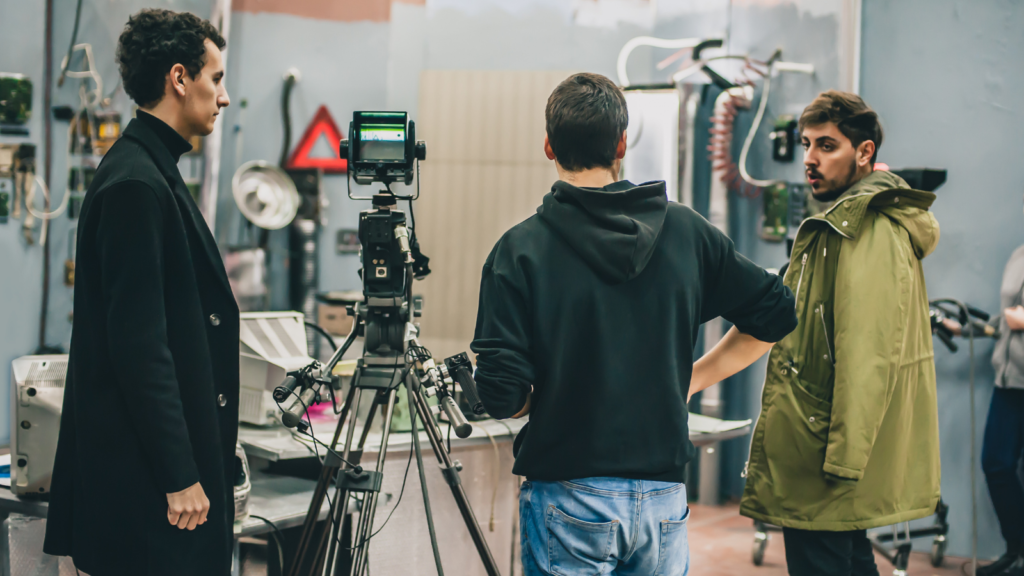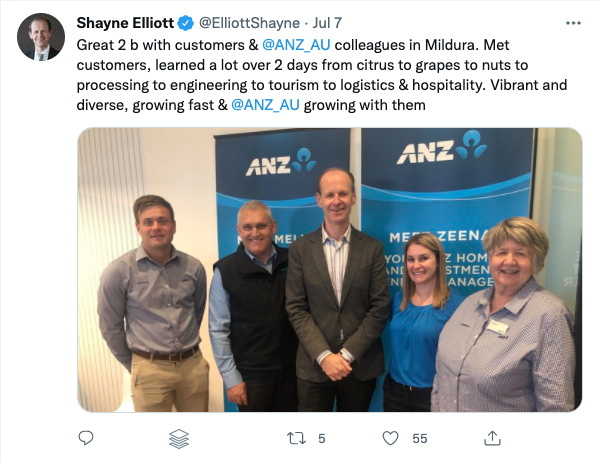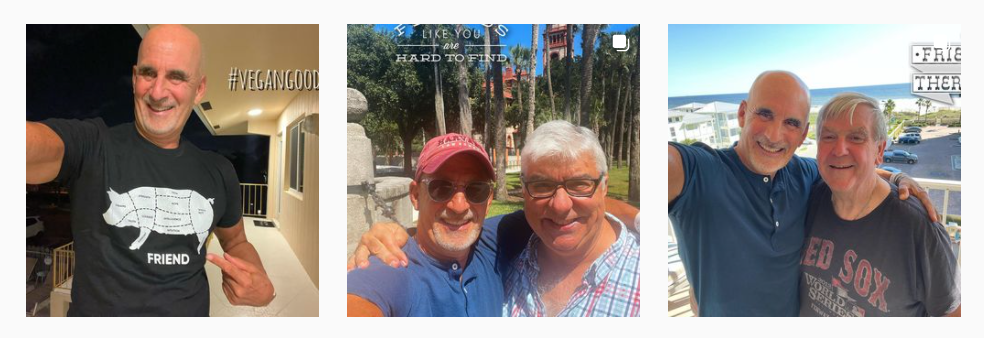
We often get hung up in the content game focusing on our customers’ challenges and pain-points. And rightly so – being relevant, useful and helpful for our audience is a good thing!
But … it’s not the only thing.
For many business owners and marketers, content marketing is very process driven, so that’s why they focus on creating utility content aimed at addressing customers’ challenges and pain-points.
If you’ve ever read any content marketing ‘how-to’ articles, usually this is the type of advice proffered. It’s not wrong, of course, but it’s by no means the only answer: there is definitely more to content marketing than educational content that provides utility for the reader/viewer/listener.
{ For more on this, check out my article on the four ‘Content Groups’ here }
However, if you’re wanting to be a bit more expansive – if you want to go deeper and use content strategically for PR purposes – then there are two important content groups you might like to consider doing more with.
Specifically, I’m talking about:
- LEADERSHIP CONTENT — This is content designed to inspire or provoke thought. People are not necessarily searching for it – it’s not helpful utility content that answers people’s questions or addresses their pain-points (the basis of much content marketing). Leadership content challenges the way people think about a particular topic or issue. The goal is to inspire people to think bigger, to move them with your ideas (this works equally for business, nonprofit and personal brands) – check out this article on leadership content.
- HUMAN CONTENT — This is content that takes people behind the public face of your company or organisation. If you’re a professional individual or solopreneur, it’s about showing more of your authentic self – giving people a glimpse ‘behind the velvet rope’ of your business.
In this article, I focus on ‘human content’: What it is, and how it can help build your brand.
Unpacking human content: building relatability with your audience
Human content is about injecting humanity into what you publish online. This is something we should all strive to do across all the content we create, but the reality is, it can sometimes be difficult to do, if not always practical.
Let’s face it, if we’re producing a white paper on a seriously-detailed topic – it’s probably best to focus on making it the best it can possibly be (although there’s always a part of me that will argue there are ways and means of injecting humanity into most content, even just a little bit).
This is why I choose to focus on human content as its own ‘category’, so it at least gets some attention by business owners, leaders, and content creators generally.
This is by no means an exact science, but I can assure you, throwing some human content into the mix will really help differentiate your brand (no-one can replicate you or your people) and make it more relatable with customers and stakeholders.

If you’re an entrepreneur or thought leader (personal brand), the more human content you produce the better, as it ups the relatability stakes and builds greater connection (and therefore, hopefully, trust) with the audience.
Let’s break it down …
Human content is about:
(a) Shining the spotlight on your team members, partners, and customers (here’s a great example of a ‘getting to know you’ post on the CEO of Trust Insights).
(b) Telling personal stories – why did you start your business in the first place? What have been some hard-earned lessons learned along the way? (Check out this Mark Schaefer blog post about the ways he fails in life every day).
(c) Publishing ‘behind-the-scenes’ photos or videos i.e.
- a pic of you grappling with the construction of an IKEA bookcase to be filled with books and used as a backdrop for your Zoom calls
- a photo of the view out the window from your home office
- a real-time video of the audience at the event where you’re about to deliver a presentation
Another example: ANZ Bank CEO Shayne Elliott often posts photos of himself with employees or customers …

… or Kon Karapanagiotidis, the founder and CEO of the Asylum Seeker Resource Centre:

Customer stories
I also include under the human content banner anything that features your customers, clients, staff or partners. Many businesses interview customers for testimonials, but why stop there? Why not go deeper and shine the spotlight on customers by telling their stories?
US outdoor gear company REI Co-Op does this well with its Gear I hold Dear series, a page on its website where it highlights stories written by members about their favourite item of outdoor gear.
So, too, does instruments maker Ernie Ball Music Man, which actively promotes the musicians who use its products.
Now, by all means, if you’re going to film your customers telling the world how great your company is, publish their stories under the ‘testimonials’ section of your website. This is useful information. Prospective customers and clients take note of testimonials because they provide a kind of validation for the decision they’re about to make about purchasing from your business.
But just getting testimonials makes it all about you and your brand.
On the other hand, profiling your customers and telling their stories makes it more about the audience you serve. If you want to connect and engage with your audience on an emotional level, shining the spotlight on your clients and customers in a meaningful way can be a powerful vehicle.
Help Scout, a help desk software company headquartered in Boston, manages to balance telling its customers’ stories while at the same time weaving its brand throughout its content in an unforced way. Here’s an example.
Behind the scenes
Human content also provides the opportunity to take people behind the scenes of your business or organisation. This helps build engagement and trust with your customers and stakeholders.
Why? Because we like dealing with real people, not faceless businesses and organisations. Featuring your people in content will help humanise your brand, making it more relatable to the public.
Some real-life examples of corporate content that takes people behind the scenes include:
Social media scheduling tool, Buffer, produces an annual ‘year in numbers’ post, which gives readers a grasp of what makes the enterprise tick, while ceramic dishware retailer East Fork publishes ‘quarterly talks’ with its co-founders Alex Matisse, Connie Matisse and John Vigeland.
Individuals, people whose personal brands are the business, can also do this effectively by sharing photos and videos that provide glimpses of what goes on behind the scenes of their professional lives.
Gary Vaynerchuk constantly posts videos on social channels documenting the hustle of his day-to-day life as an entrepreneur.
High profile Californian trial lawyer Mitch Jackson is also an advocate for capturing ‘in the moment’ videos and photos of his life outside the office. What this does is make Mitch accessible and relatable as a person and a professional.
(Here is an interview I recorded with Mitch for the REPUTATION REVOLUTION podcast – Putting the ‘social’ into social media with Mitch Jackson aka The Streaming Lawyer).
Ditto speaker and chief marketing officer, Ted Rubin (below).

Taking people behind the public face of your business … why is this important?
Because people do business with people, not logos.
Human content gives smaller-to-medium sized businesses the edge because it tends to be easier for owners to put themselves (and their staff) out there on social media: they’re less formal, less risk-averse and tend not to have pesky layers of hierarchy.
Bigger organisations, on the other hand, tend to struggle a lot more because of these reasons, but we are seeing more and more large companies producing content that takes the public ‘behind the logo’. This is a good thing!
Why not make human content a strategic part of your content marketing for PR efforts?



All else being equal, the most human professional wins 9 out of 10 times. Thank you for the very kind mention Trevor. -Mitch
Spot on Mitch! And something you and I talk a lot about – it’s not a ‘campaign’ but more so about showing up consistently in a sincere and genuine way, delivering value and having some fun.